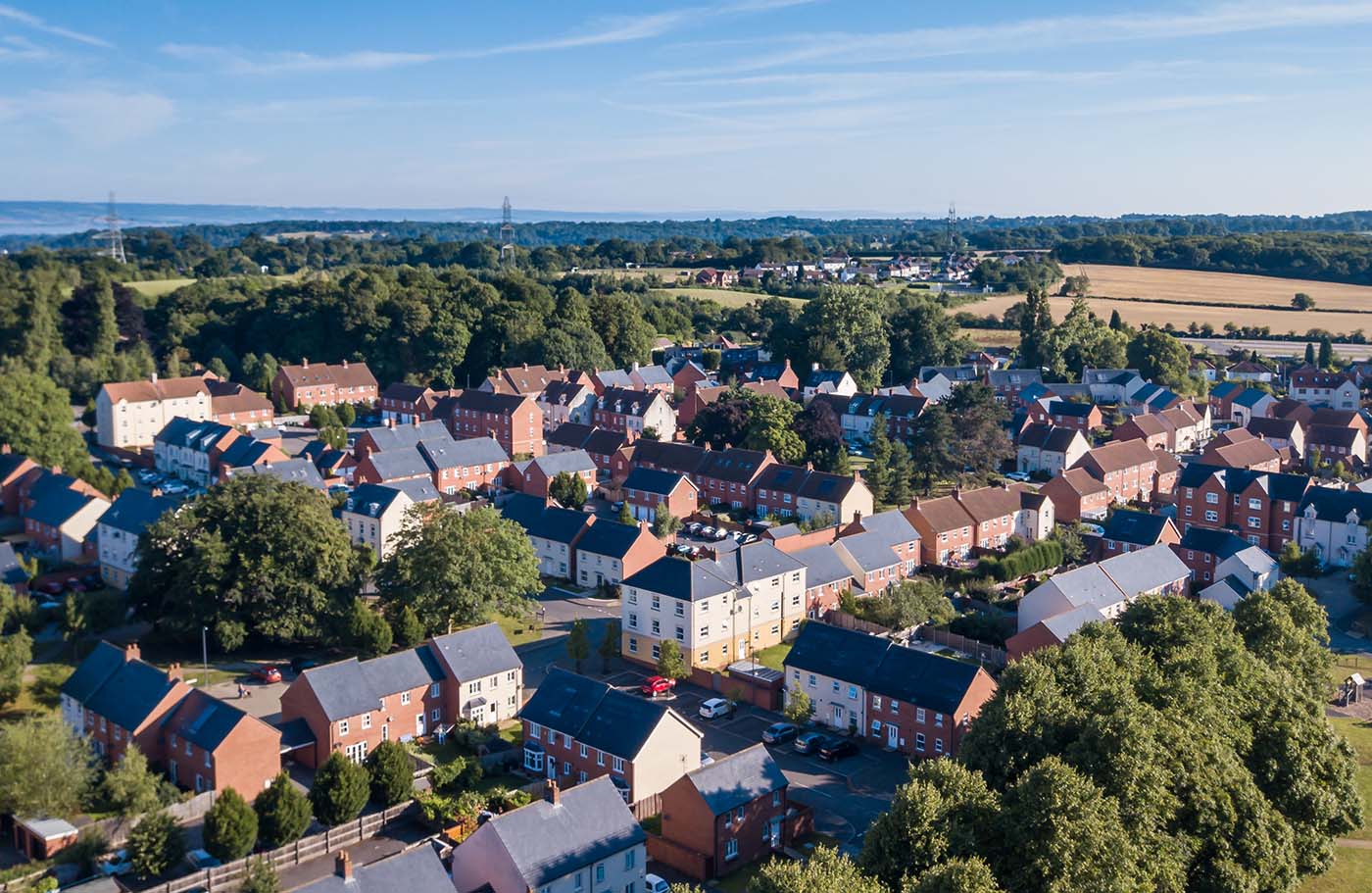Local Authorities Setting Higher Energy Efficiency Standards
Since energy efficiency standards were adopted into Building Regulations, there have been numerous local authorities requiring higher levels of performance via planning policies.
Over the years, the number of local authorities requiring higher energy efficiency standards has increased, often with each requiring differing levels of performance and different methodologies to be followed.

One of the most well-known examples of this is the London Plan, with the requirement to follow a set hierarchy and maximize on site carbon reductions. Some authorities have even gone further and suggest using methodologies, which were not adopted within Building Regulations at the time. An example of this is the Cornwall Council, which prefers the use of the Passivehaus Planning Package (PHPP) to the Standard Assessment Procedure (SAP).
This has caused a fair bit of confusion for energy assessors and developers alike. At Elmhurst, we receive a high amount of support requests from members for assistance in completing this work. Usually the data required can be obtained from our Design SAP applications but may require examination of the ‘full SAP reports’ to find the relevant fields.
A Change In Direction?
On 13th December 2023, alongside the publication of the Future Homes Standard consultation, there was a Written Ministerial Statement (WMS) issued by the Minister of State for Housing, Lee Rowley, which suggested that Local Authorities would be restricted from setting energy efficiency standards that were higher than current or planned Building Regulations.
The WMS states the following:
“A further change to energy efficiency building regulations is planned for 2025 meaning that homes built to that standard will be net zero ready and should need no significant work to ensure that they have zero carbon emissions as the grid continues to decarbonise.
In this context, the Government does not expect plan-makers to set local energy efficiency standards for buildings that go beyond current or planned buildings regulations. The proliferation of multiple, local standards by local authority area can add further costs to building new homes by adding complexity and undermining economies of scale. Any planning policies that propose local energy efficiency standards for buildings that go beyond current or planned buildings regulation should be rejected at examination if they do not have a well-reasoned and robustly costed rationale that ensures:
- That development remains viable, and the impact on housing supply and affordability is considered in accordance with the National Planning Policy Framework.
- The additional requirement is expressed as a percentage uplift of a dwelling’s Target Emissions Rate (TER) calculated using a specified version of the Standard Assessment Procedure (SAP).”
The second point makes improvements over Building Regulations potentially unviable. This is because the notional dwelling used to set the TER for the Future Homes Standard will be based on a heat pump, and as electricity is expected to have a nearly zero carbon factor in the Future Homes Standard, TERs are likely to be very low anyway.
This is not the first time the Government has suggested this. In the first Future Homes Standard consultation back in 2019, this was put forward and received a substantial level of resistance with 86% of responses in favour of local authorities retaining the ability to set their own standards through planning policies.
Feedback and Criticism
Since the latest WMS was published, there has been heavy criticism across the industry. For example, the Town and County Planning Association (TCPA) issued a statement with the following message:
“The TCPA shares the deep frustration of many local planning authorities about the complex and contradictory policy from national government on planning for net zero homes in England. National government appears determined to stifle the attempts of local authorities to take innovative action on climate change through the use of local plan policy to secure energy efficient, net zero new development.”
Following this, a legal challenge has been launched against the WMS, supported by the Good Law Project. This reached the High Court on 18th June.

Elmhurst's View
Jason Hewins, New Build Dwellings Manager, comments;
“Elmhurst supports the ability for local authorities to set energy efficiency standards above Building Regulations, which should only ever be the minimum performance levels for new homes. However, we do agree that the current vast array of differing standards around the country is confusing and we advocate for the following in any future policies;
- any higher levels of performance be demonstrated against the metrics adopted in Building Regulations at the time; currently Primary Energy, Carbon Emissions and Fabric Energy Efficiency.
- Additionally, any energy efficiency standards should be only demonstrated using the national calculation methodology adopted within Building Regulations. Currently this is SAP 10 and for the Future Homes Standard the Home Energy Model should be used.”
It remains to be seen whether the Government will change its direction from the WMS or whether it will be successful in restricting the ability of local authorities to set higher energy efficiency standards through planning policies. Furthermore, with the general election just around the corner, there may be a further change to the Government’s approach to this issue.
Elmhurst will keep all members updated of any new developments in this area.
Further Resources
You can view the full Written Ministerial Statement via the following link: https://questions-statements.parliament.uk/written-statements/detail/2023-12-13/hlws120
You can view the full statement from the Town and County Planning Association (TCPA) via the following link: https://www.tcpa.org.uk/resources/the-13-december-2023-wms-and-local-plan-policy-for-net-zero/
You can read more on the legal challenge launched against the WMS via the following link: https://goodlawproject.org/case/were-challenging-the-government-to-build-homes-fit-for-the-future/
